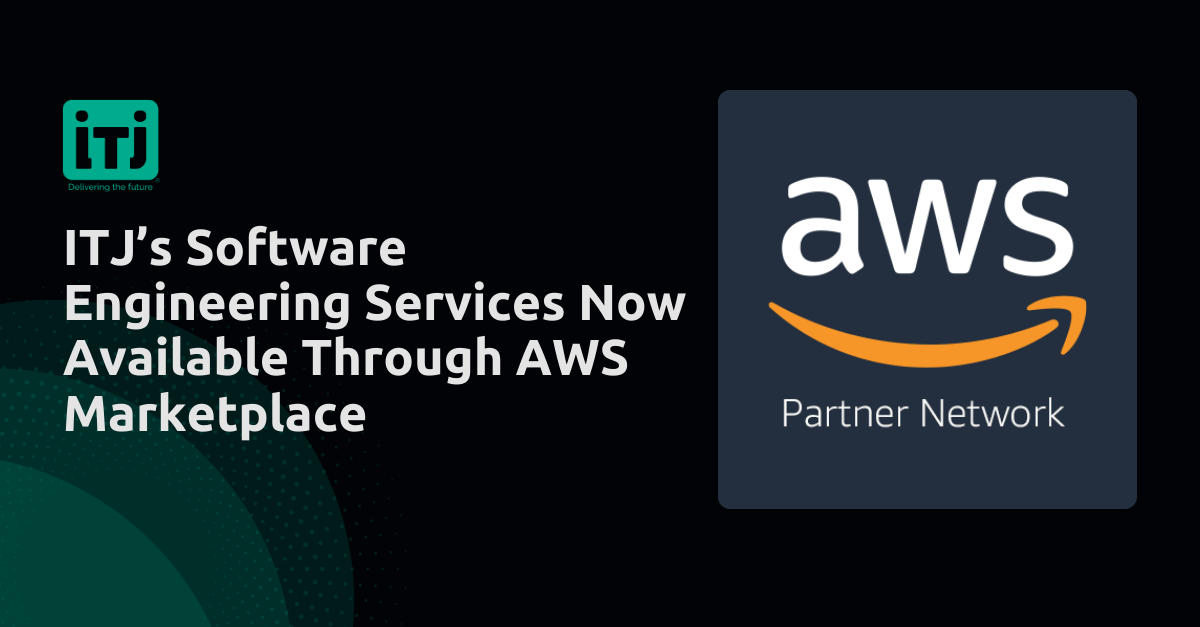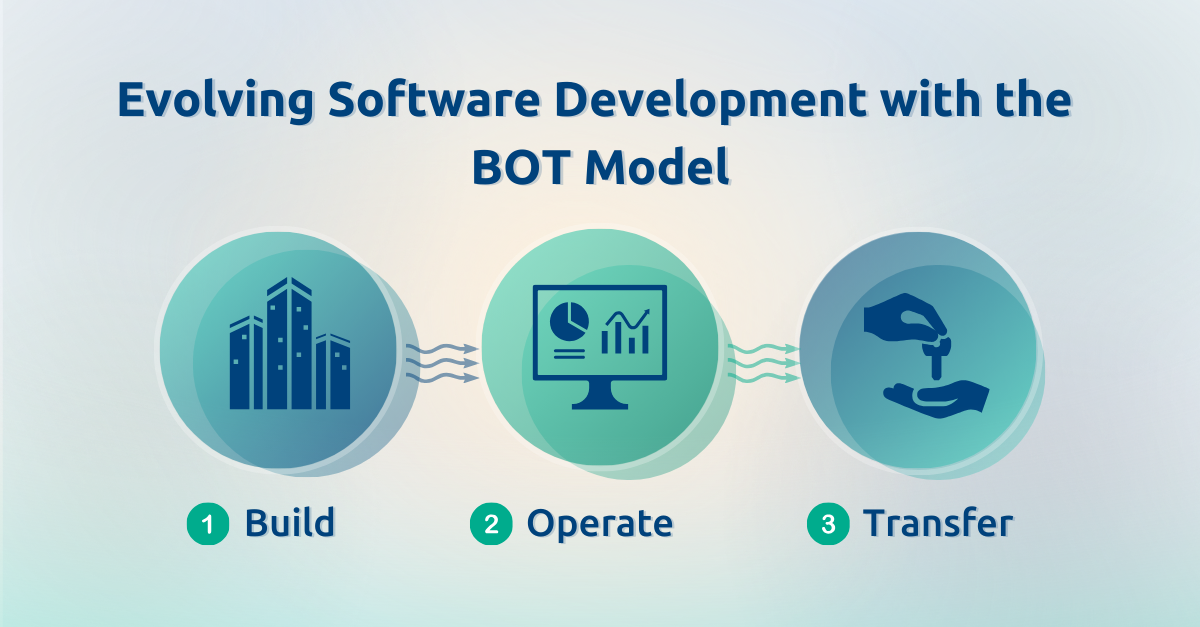ITJ, a leader in providing dedicated Scrum teams in LATAM, is proud to announce its services are now available on AWS Marketplace for Life Science and Medical Device organizations. This move allows US-based software engineering teams to rapidly expand capacity by leveraging their AWS contracts to purchase ITJ services, saving time and administrative work.
Why ITJ’s AWS Marketplace Listing Matters for You
Fast Access to Expert Software Teams
Eliminate lengthy hiring processes. By choosing ITJ services via AWS Marketplace, you bypass the traditional hiring hurdles and gain immediate access to our expert teams. This streamlined approach ensures that your projects can get off the ground quickly, providing you with agility to stay competitive.
Simplified Procurement Process
Procurement has never been easier. With just a few clicks through your AWS account, you can purchase ITJ’s services without the hassle of separate contracts or cumbersome paperwork. This user-friendly buying process lets you focus on what truly matters—driving your projects forward.
Flexible Options Tailored to Your Needs
At ITJ, we understand that one size does not fit all. That’s why our services are designed to be flexible. We offer handpicked software engineering talent, customizable pricing, payment schedules, and contract terms that align perfectly with your organizational needs.
Discover What Sets ITJ Apart
Nearshore Talent
Access high-quality talent in Mexico and LATAM. Your team will work side-by-side at your nearshore site while being managed by ITJ to meet your goals and deadlines. The team will work during your working hours, and we encourage collaboration with your U.S. team. ITJ’s talent speaks English and aligns culturally, contributing to an efficient and collaborative software development process.
Software Center of Excellence (SCoE) Model
ITJ doesn’t just fill seats or build average software development teams; we build Software Centers of Excellence (SCoE). Your SCoE will focus on superior software development, implementation, maintenance practices, and testing. The benefits include improved software quality through standardized coding practices, enhanced project efficiency using proven methodologies, and reduced time-to-market for new software solutions.
Life Sciences and Medical Device Expertise
ITJ has deep Life Sciences roots. Our domain expertise lets us meticulously craft software solutions for Life Sciences companies. Whether it’s medical devices, drug discovery, clinical trials, or medical imaging, we understand the nuances and tailor our services accordingly.
Navigating compliance frameworks–FDA, HIPAA, ISO–is second nature to us. We’ve danced through the regulatory tango, ensuring our software aligns with industry standards.
Partnership and Local Guidance
Building software capacity in a foreign country can be complex, but we’ll make it easy. ITJ is your local guide, helping you manage legal frameworks, tax regulations, labor laws, cultural differences, and day-to-day on-site management. We’ll set you up for long-term success, providing the support you need to compete.
Team Ownership Transfer
If your strategy is to own and manage your technology team(s), our Build-Operate-Transfer (BOT) model allows for a transfer of ownership when you are ready. This flexibility empowers you to control your software development operations at your convenience.
People-Centric Approach
The key to a high-performance software development team lies in its people. ITJ employs rigorous assessments, technical interviews, and cultural fit evaluations before hiring. You’ll be included in the selection process to ensure new hires align with your team and company culture. We manage daily performance, skill-building, and career-pathing to keep employees engaged, highly performing, and reduce turnover.
Best Practices for Success
ITJ builds a solid foundation for your success by focusing on quality, predictability (time to market), productivity, innovation, and adherence to software engineering best practices and Agile processes. Our commitment to excellence ensures that your projects meet and exceed your expectations.
How to Get Started with ITJ on AWS Marketplace
Purchasing ITJ services on AWS Marketplace is a breeze. Here’s how you can get started:
- Visit ITJ’s AWS Marketplace offering.
- Select “request service,” input your information, and submit a request.
- ITJ provides a contract that can be purchased through your existing AWS account.
For more information, visit ITJ’s AWS Marketplace overview.
By making ITJ services available on AWS Marketplace, fast-growing companies can quickly access the tech talent they need to drive their software development projects forward. Our proven model results in cost savings, speed to market, increased revenue, and peace of mind. Join us on this exciting journey and experience the benefits of working with ITJ today!
About the Author
Phil Sweeney is the Senior Director of Sales & Alliances at ITJ, bringing over 20 years of strategic partnerships experience. Phil’s career includes significant roles at DNAnexus and Dell Technologies.
At DNAnexus, Phil built and led the Alliances organization, developing strategic partnerships that greatly enhanced the company’s capabilities and revenue. He was crucial in partnering with AWS and Microsoft, delivering numerous benefits for DNAnexus’ customers.
As Dell Technologies’ Field CTO of Life Sciences, Phil launched industry partnerships and solutions that expanded Dell’s service and support offerings in the Healthcare and Life Sciences sectors, driving substantial value for customers and business growth.
At ITJ, Phil focuses on driving new business in the Pharmaceutical and Biotech sectors and developing the company’s Alliances function. Known for his innovative approach and strong relationship-building skills, Phil is dedicated to securing partnerships that complement and strengthen ITJ’s service offerings, helping our customers reach new heights and strengthening ITJ’s position as a leader in the life sciences industry. Connect with Phil at Phil.Sweeney@itj.com.
About ITJ
ITJ serves fast-growing and high-value market sectors, including the Life Sciences and Biotech industries, to improve people’s lives. With a unique BOT (build, operate, and transfer) model that sources only the best digital talent, ITJ creates technology centers of excellence in Mexico for US-based companies. For more information, visit www.itj.com.


